A story of history uncovered
Chapter 1
Alexandra Grime (pictured), a curator at the Manchester Jewish Museum, discovers that the artist behind a portrait of Mark Bloom is none other than Northern Jewish painter Emmanuel Levy. The picture of Bloom – founder of Colwyn Bay Synagogue and a horse trader during WWI – was donated to the museum more than three decades ago by the synagogue, but it was only when Grime was looking through Levy's scrapbooks, while researching the museum's current Levy retrospective, that she put two and two together. The Bloom portrait has now been added to MJM's exhibition.
Chapter 2
Rona Hart – ex-Colwyn Bay, Southend and London, and now resident in Haifa – sees this item in the Jewish Renaissance fortnightly newsletter and is excited…
"That picture – of Mark Bloom – was part of my childhood. My heart really skipped a beat when I saw it – and for the first time since the 1950s!
Zion House (37 Princes Drive, Colwyn Bay) not only housed the tiny Colwyn Bay synagogue, but contained a ground floor flat that was rented out to religious families during the summer months, and another room, where I lived with my parents from 1947 to 1952. I was three years old when we moved in and was very happy there, running wild in the large gardens and surroundings. In the summer I played with the children of visiting rabbonim, which provided a culture shock in both directions, I should imagine.
I remember Mark Bloom as a very kindly man. Because we lived in the shul building, there was a good deal of post of one kind or another, with leaflets, posters, a map of Israel, and the like. I remember seeing one drawing of somewhere in Israel and thinking 'when I'm grown up, I'm going to go there. I won't tell anyone now, because they won't believe me, but one day I'm going to go.' I have no idea where that feeling came from.
A story I was told, but don't remember, was that Mark Bloom once gave me half a crown (a phenomenal sum!) and asked what I was going to do with it. When I said I would like to send it to the children in Israel, he promptly gave me another 2/6d. I probably still owe Israel a few bob.
I never knew Mr Bloom was a horse trader; he was our landlord and the founder of our shul, so he was treated with great respect. He was always very kind and generous, and not above showing interest in a very small (and probably unruly) girl. The painting was a very good likeness.
The small Colwyn Bay community (we had a Ladies Guild, a Cheder, etc. although we were only about a dozen families) closed some years ago, I believe in the 1970s. I still visit the area and have friends there."
Chapter 3
Jewish Renaissance passes on the story to the Jewish Museum Manchester. They are thrilled.
By Janet Levin
Made in Manchester: The Art of Emmanuel Levy runs until Friday 29 May. Manchester Jewish Museum, 190 Cheetham Hill Rd, M8 8LW; 016 1834 9879. www.mjm.org.uk















